The Desert
Linocuts, letterpress, paper, mesquite
2012 - 2014
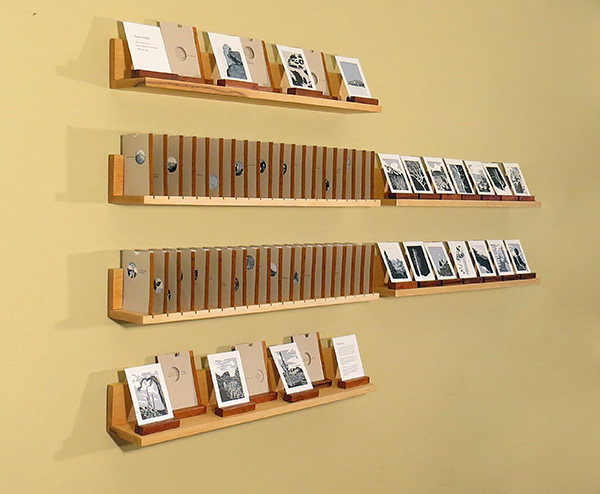 The Sonoran Desert is many things to many people.
The Sonoran Desert is many things to many people.A first-time visitor from a more temperate climate might understandably describe it as hot, dry and desolate. A botanist or biologist would more likely describe it as wildly diverse and brimming with life. That is the amazing thing about the Sonoran Desert; it is full of apparent contradictions: barren yet bountiful, uninviting yet comforting, immense yet intimate. These wildly diverse perspectives served as my starting point for this book arts project. Instead of imposing my own personal narrative on the viewer, I wanted the work to be able to allow the viewer to write his or her own story. “This is what the desert is to me.”
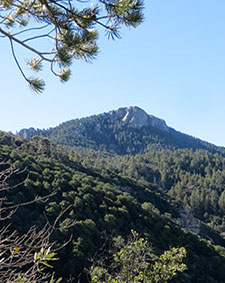
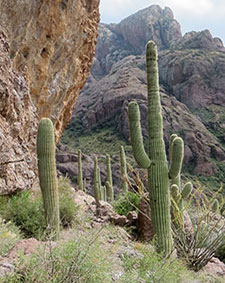
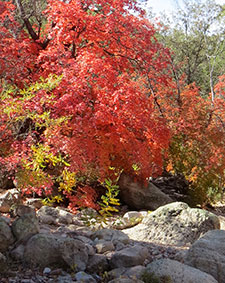
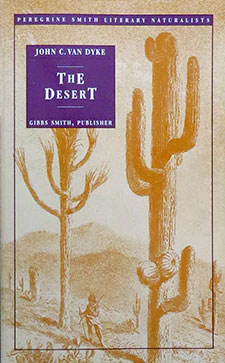
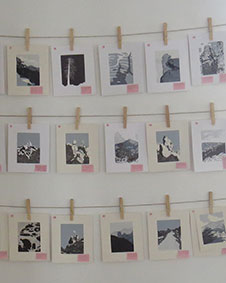
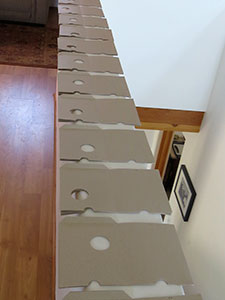
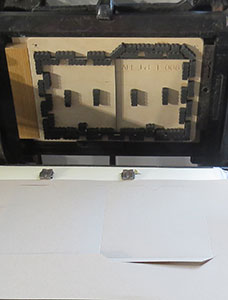
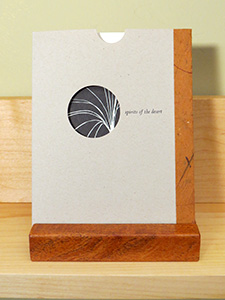
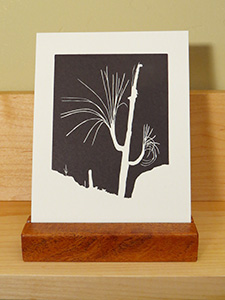
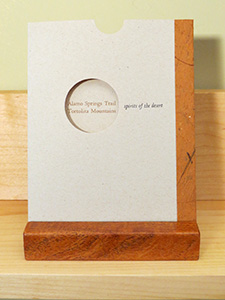
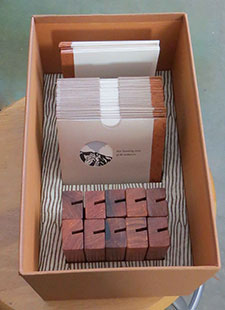
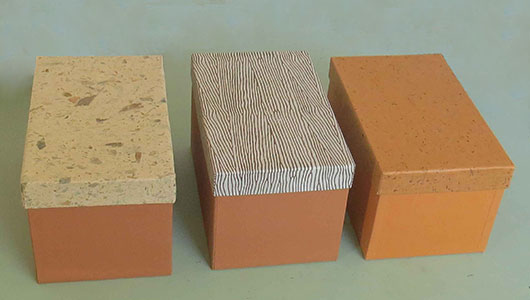
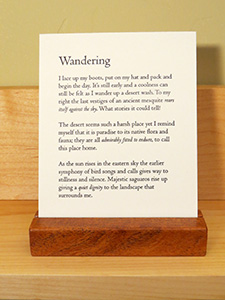
"Wandering"
I lace my boots, put on my hat and pack and begin the day. It's early and a coolness can still be felt as I wander up a desert wash. To my right the last vestiges of an ancient mesquite rears itself against the sky. What stories it could tell!
The desert seems such a harsh place yet I remind myself that it is paradise to its native flora and fauna; they are all admirably fitted to endure, to call this place home.
As the sun rises in the eastern sky the earlier symphony of bird songs and calls gives way to stillness and silence. Majestic saguaros rise up giving a quiet dignity to the landscape that surronds me."
Here is the displayed "Wandering" narrative...
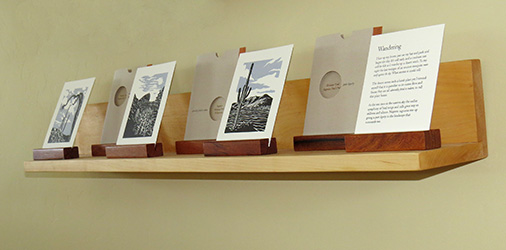
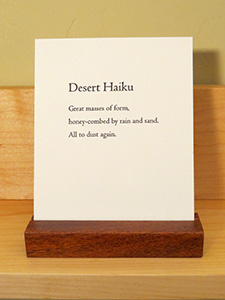
Great masses of form,
honey-combed by rain and sand.
All to dust again.
Here is what the haiku looks like with the associated linocuts, envelopes and notecard...
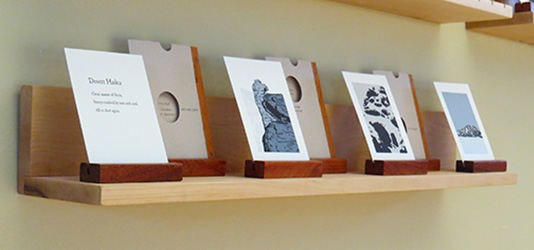
What amazed me about this project was how words written by a university professor over 100 years ago still resonate today. I believe that speaks to the timelessness of wild places.